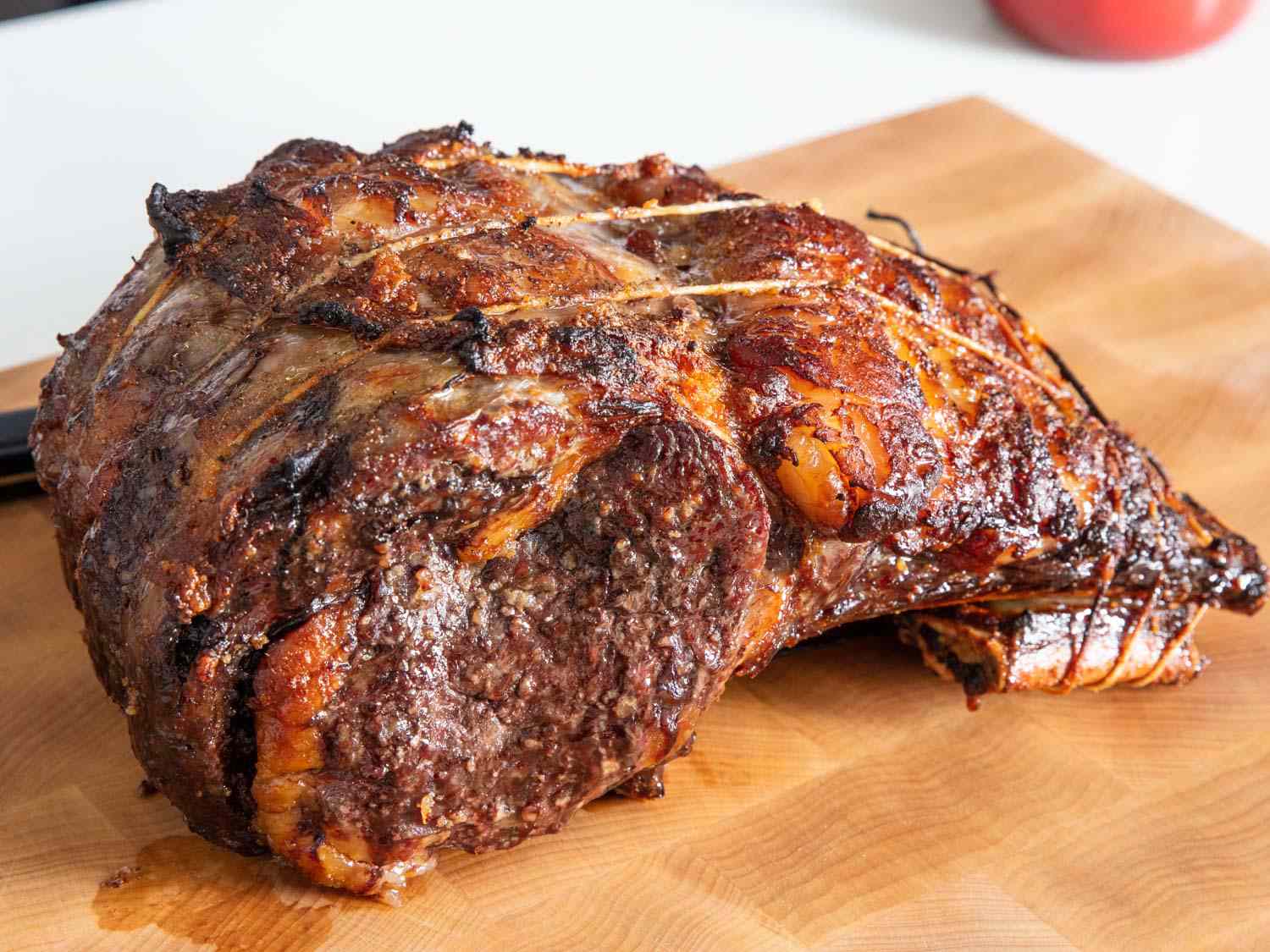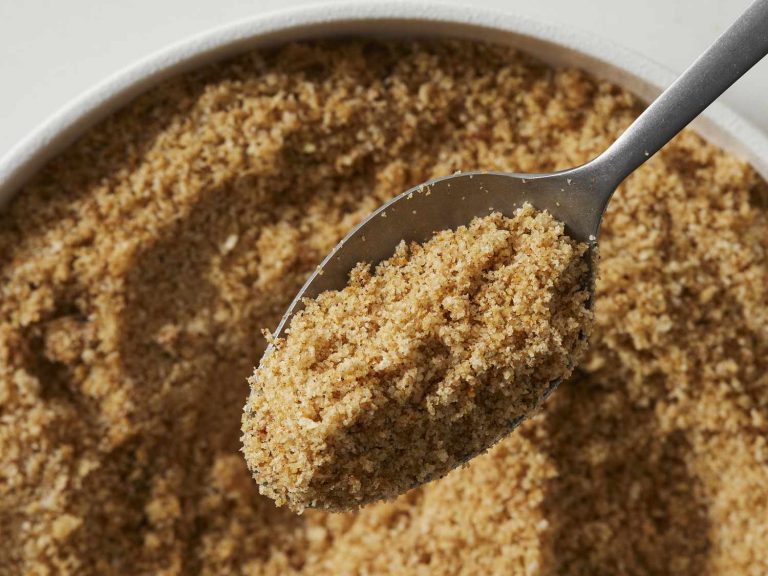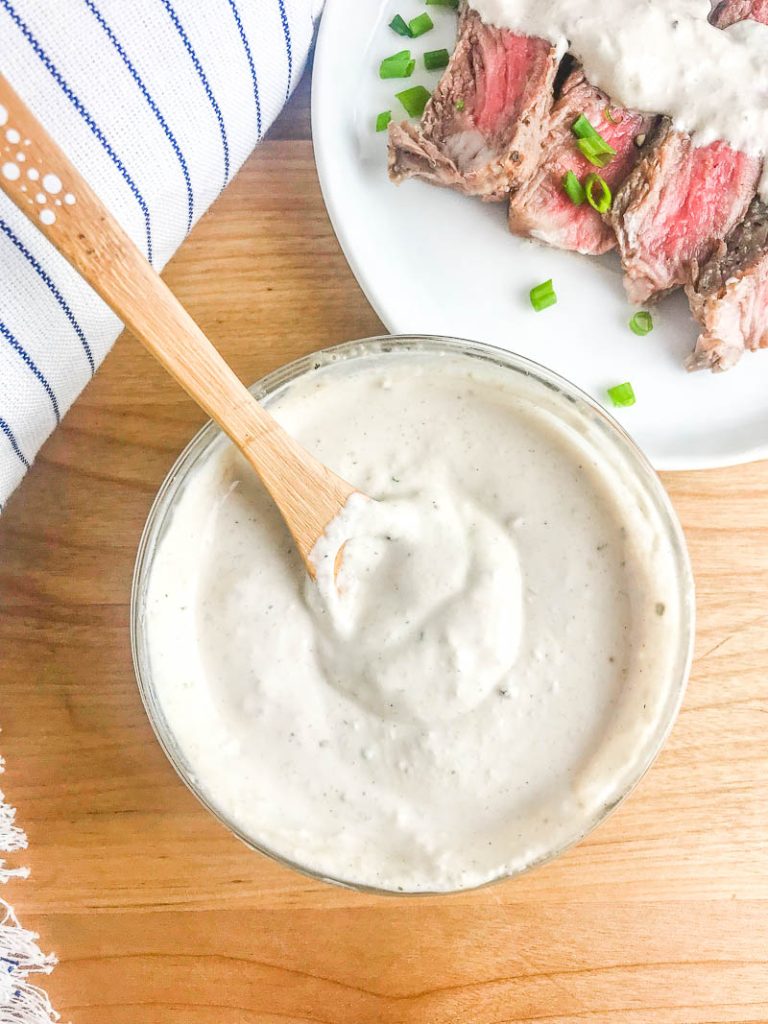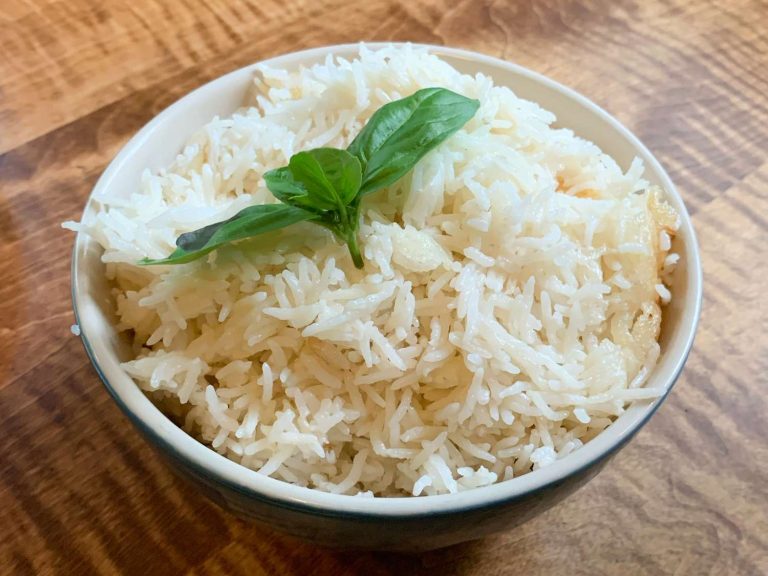Prime Rib Our Way: History, Recipes, and Perfect Serving Tips
Prime rib has roots tracing back to British culinary traditions. In the 19th century, this cut gained prominence as part of the Sunday roast, a customary meal in England. British households would cook large rib roasts to share with family, establishing a tradition that has persisted over decades.
Prime rib, also known as standing rib roast, is famous for its marbling and tenderness. The marbling, which are intramuscular fat threads, contributes rich flavor and juicy texture. This cut comes from the primal rib section of the cow, spanning ribs six through twelve.
In the US, prime rib became popular in steakhouses during the mid-20th century. Establishments offered this roast as a premium option due to its flavor. Its popularity surged, making prime rib a centerpiece for holiday dinners and special occasions.
Numerous cultures have adopted and adapted prime rib recipes. In France, chefs prepare it as côte de boeuf, often served with herbs and garlic. In Italy, it’s called costata alla Fiorentina, usually grilled over charcoal. The variations in preparation showcase the versatility of this cut while maintaining its essence.
Prime rib’s appeal lies in its balance of flavor, tenderness, and presentation. Regardless of its origin, each preparation style adds to the rich history of this beloved dish. When you cook it using traditional or inventive methods, you participate in a culinary legacy spanning nations and centuries.
What Makes “Prime Rib Our Way” Special
Unique Ingredients and Preparation Methods
“Prime Rib Our Way” stands out due to the selection of high-quality ingredients and meticulous preparation methods. You’ll find prime cuts sourced from trusted farms ensuring superior marbling. Marinating these cuts with a blend of fresh herbs like rosemary and thyme, along with garlic and olive oil, enhances their natural flavors. The use of coarse sea salt and cracked black pepper during the rubbing process further elevates the seasoning profile.
For the cooking process, you might employ the reverse-sear method. Slow-roasting the meat at low temperatures ensures even cooking while maintaining juiciness. A final high-temperature sear creates a perfect crust without sacrificing tenderness. Resting the meat before carving allows the juices to redistribute, resulting in each bite being rich and succulent.
Regional Flavors and Twists
Adding regional twists makes “Prime Rib Our Way” unique and diverse. Southern-inspired versions might include a bourbon glaze during the roasting phase. In Texas, incorporating mesquite smoke imparts a distinct flavor synonymous with local barbecue traditions.
West Coast preparations could feature a garlic and herb crust, leveraging the abundance of fresh produce in the region. In the Northeast, some chefs might introduce a horseradish crust for an invigorating contrast to the rich meat.
These variations not only highlight regional ingredients but also adapt traditional recipes to offer unique dining experiences. By exploring different flavors and techniques, you connect with a multifaceted culinary tradition that enhances the enjoyment of prime rib.
Enjoying prime rib crafted “Our Way” means savoring a dish meticulously prepared with quality ingredients and influenced by diverse regional flavors.
Cooking Prime Rib at Home
Essential Tools and Equipment
To cook prime rib at home, you need several key tools. A reliable meat thermometer ensures precise internal temperatures. This helps avoid undercooking or overcooking the prime rib. A quality roasting pan with a rack keeps the meat elevated, allowing for even heat distribution. A sharp carving knife aids in smooth, clean cuts, preserving the tender meat’s integrity. To maintain consistent temperatures, an oven that heats evenly is crucial. Lastly, a foil tent helps keep the juices intact during the resting period.
- Preheat the Oven: Set it to 450°F (232°C). This initial high heat sears the meat, creating a flavor-packed crust.
- Season the Meat: Generously apply salt, pepper, and your preferred herbs. This enhances the meat’s natural flavors.
- Roast at High Heat: Place the prime rib in the preheated oven for 15 minutes. This step sears the exterior.
- Reduce Oven Temperature: Lower it to 325°F (163°C). Continue roasting until the desired internal temperature is reached (120°F/49°C for rare, 130°F/54°C for medium-rare).
- Monitor the Temperature: Use a meat thermometer to check every 30 minutes. This ensures accuracy and prevents overcooking.
- Rest the Meat: After achieving the desired doneness, remove the prime rib from the oven. Cover with foil and let it rest for 20 minutes. This allows juices to redistribute, keeping the meat juicy.
- Carve and Serve: Use a sharp carving knife to slice the prime rib. Serve immediately to enjoy optimal flavor and tenderness.
These steps provide a straightforward method for cooking prime rib, ensuring flavorful and tender results.
Wine and Side Dishes Pairings
Best Wines for Prime Rib
Selecting the right wine enhances the flavors of prime rib. Choose red wines with good tannin structure and bold flavors. Some ideal choices include:
- Cabernet Sauvignon: Its robust tannins and dark fruit flavors complement the rich taste of prime rib.
- Merlot: Known for its softer tannins and fruit-forward profile, it balances the savory notes of the meat.
- Syrah/Shiraz: Offers spicy undertones and rich body that pairs well with the beef’s marbling.
- Zinfandel: Provides a peppery kick and jammy fruit characteristics, accentuating the prime rib’s depth.
- Garlic Mashed Potatoes: The creamy texture and savory taste match perfectly with the succulence of prime rib.
- Roasted Asparagus: Adds a crunchy, slightly bitter contrast that complements the meat.
- Yorkshire Pudding: This classic British side has a light, airy texture that soaks up the delicious prime rib juices.
- Creamed Spinach: Its rich, buttery consistency provides a delightful counterpoint to the prime rib’s robust flavors.
- Horseradish Sauce: The spicy kick of horseradish highlights the rich beef flavors, offering a zesty contrast.
Serving and Presentation Tips
Serving and presentation significantly affect the dining experience with prime rib. Start by letting the prime rib rest for 20-30 minutes after roasting, allowing juices to redistribute for maximum tenderness. Use a sharp carving knife to ensure clean slices, preserving the meat’s juicy texture.
Slicing Techniques
Slice against the grain for tenderness. This method breaks down muscle fibers, enhancing each bite. Carve thin or thick slices, depending on personal preference and occasion type. Thin slices are excellent for lighter meals or sandwiches, while thick slices suit hearty dinners.
Accompaniments
Complement prime rib with traditional or creative accompaniments. Yorkshire pudding and creamed spinach are classic options. Garlic bread sticks and roasted vegetables, like carrots and Brussels sprouts, can add unique flavors. Serving horseradish sauce or a red wine reduction on the side can elevate the dish further.
Plating
Create a visually appealing plate by balancing colors and textures. Place a generous slice of prime rib at the center, surround it with vibrant vegetables, and garnish with fresh herbs like rosemary or thyme. This highlights the beauty of the prime rib, making it more enticing.
Service Temperature
Maintain optimal service temperature by pre-warming plates. Prime rib cools quickly on cold surfaces, which can detract from taste. A warm plate keeps the meat at the right temperature longer, enhancing the dining experience.
Garnishing
Use fresh herbs, edible flowers, or thinly sliced vegetables to garnish. Rosemary sprigs and thyme not only look appealing but also add aroma. Edible flowers, like nasturtiums or violas, provide vibrant color contrasts, making the dish more attractive.
By focusing on these serving and presentation tips, you ensure that “Prime Rib Our Way” not only tastes exceptional but also looks inviting.
Conclusion
“Prime Rib Our Way” offers a unique and flavorful experience that stands out in any culinary setting. By focusing on high-quality ingredients and meticulous preparation, you’re guaranteed a dish that’s both tender and delicious. The regional variations add a delightful twist, ensuring there’s something to suit every palate.
Serving and presentation tips elevate the dining experience, making your prime rib not just a meal but a feast for the senses. Whether you’re hosting a special occasion or simply treating yourself, these insights will help you create a memorable and mouth-watering prime rib dish. Enjoy the satisfaction of mastering a classic with your personal touch.






